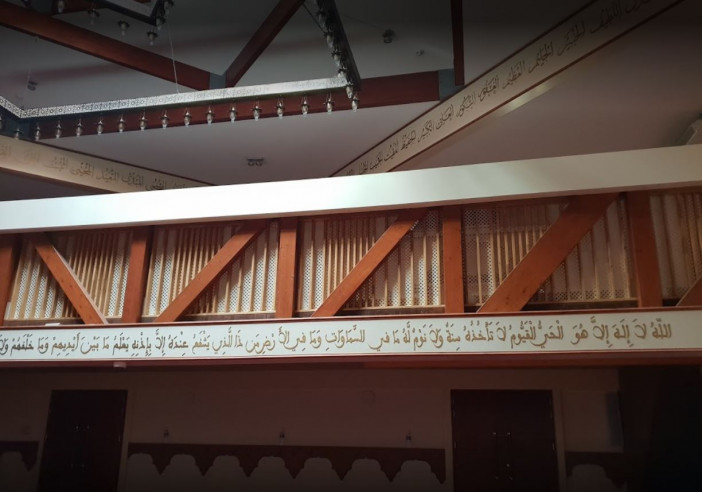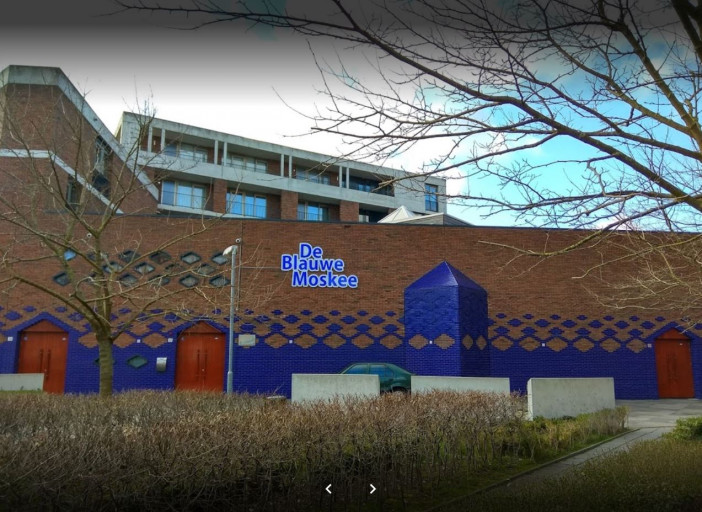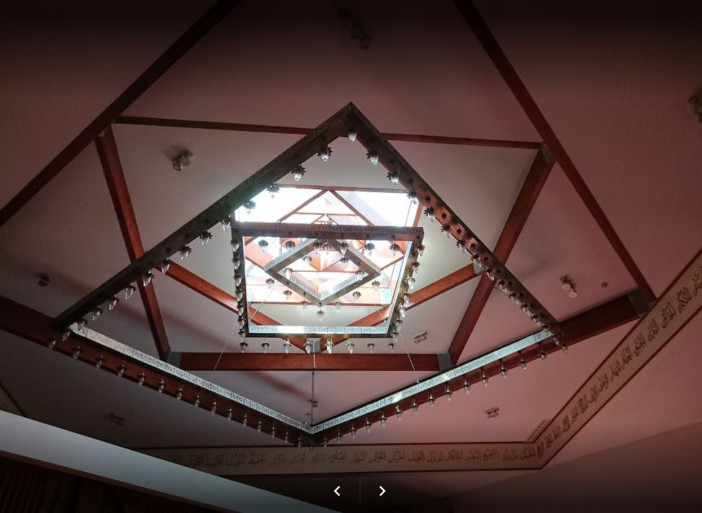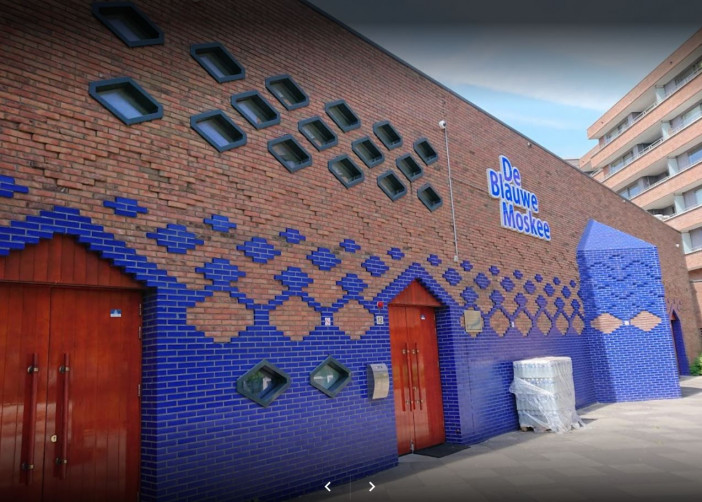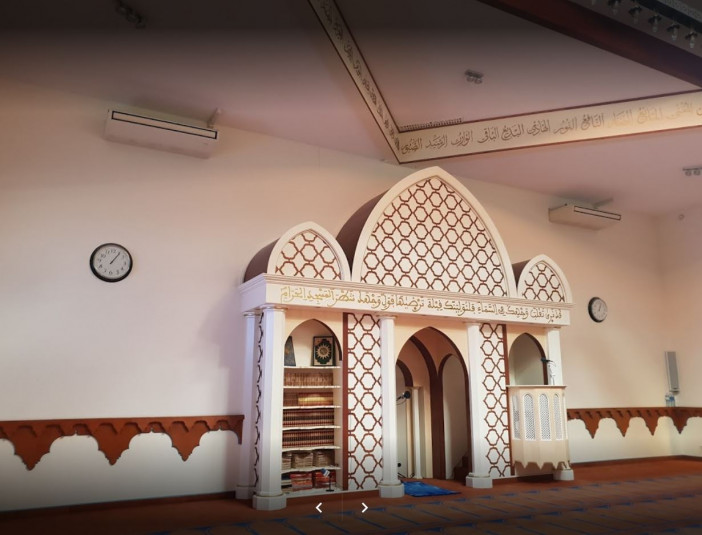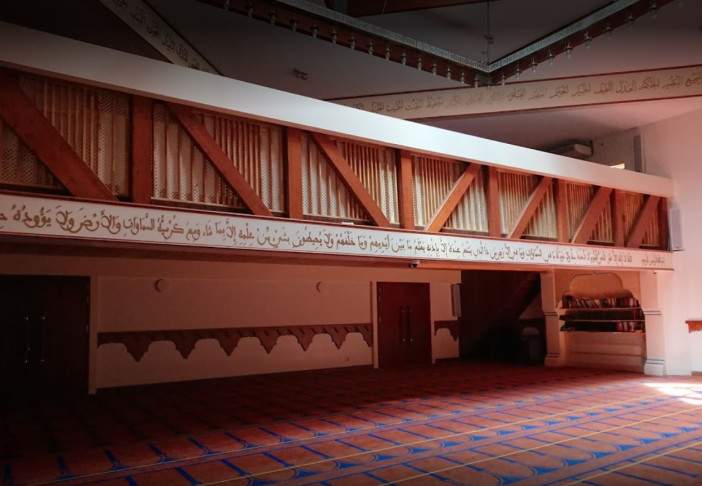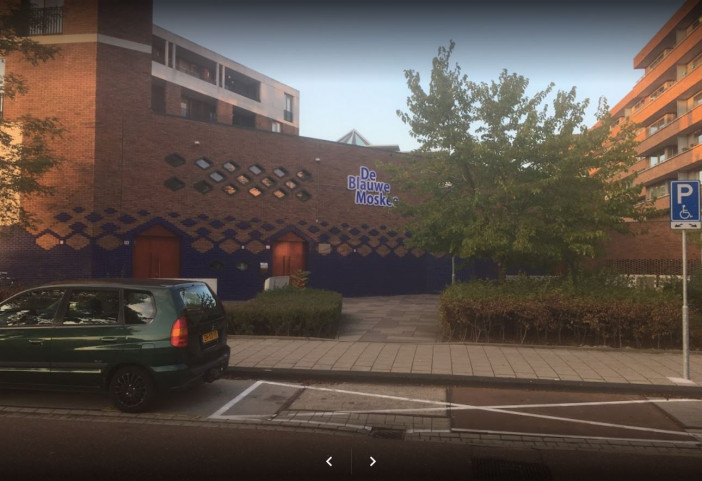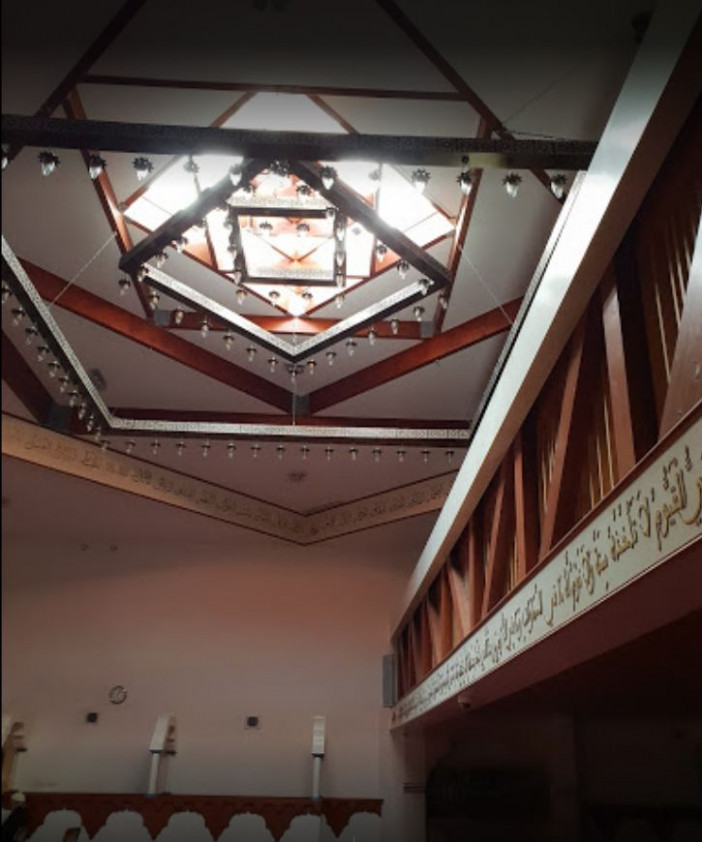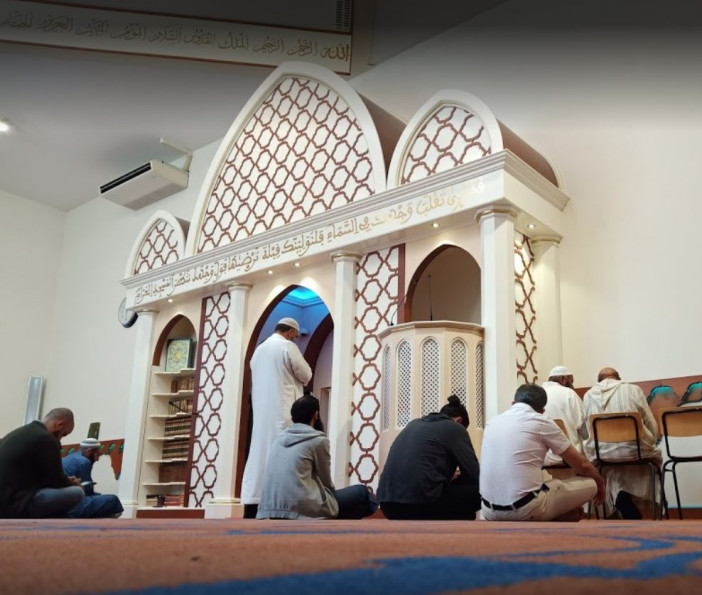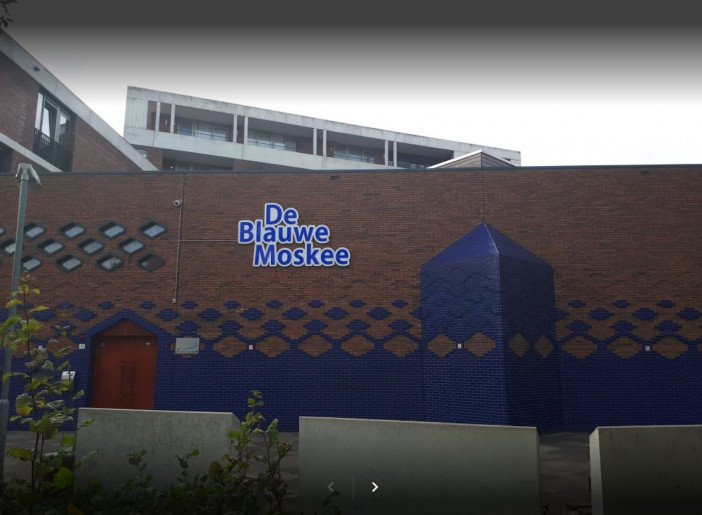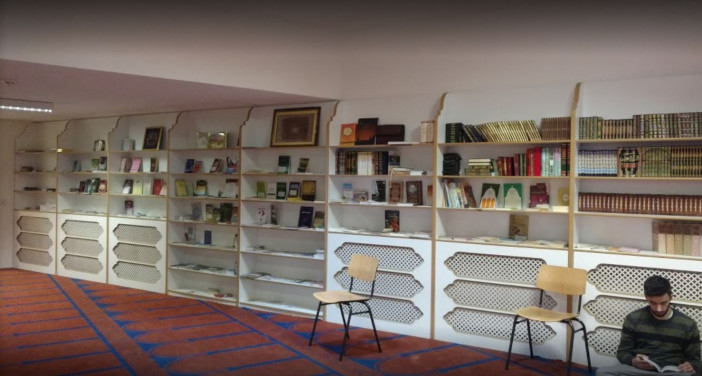The Blue Mosque
History
The Blue Mosque is a mosque and cultural center in Amsterdam Nieuw-West, the Netherlands. Construction of the mosque was financed by the government of Kuwait through the offices of Europe Trust Netherlands and began in 2008;
The mosque works to build bridges with their community in society at large. They aim to stimulate debate; the official language of the mosque is Dutch. General management of the mosque is voluntary; the board members meet once a month to arrange details outside the mosque. The board has the right to refuse entry to anyone; the mosque is non-smoking and cell phones are not allowed during prayer services. Concern has been expressed over the fact that The Blue Mosque was founded by members of the Muslim Brotherhood; the director of the Europe Trust in the UK, Muslim Brotherhood member Ahmed al-Rawi, is said to have founded the mosque and continues to influence the mosque in both financial and ideological matters. Further concern has been expressed over the fact that public speakers at the mosque have included Mahmoud al-Masri, an anti-Semite Egyptian Imam banned in France, radical and salafi preachers like Remy Soekirman and Sheik Khalid Yasin. Dutch citizens in Amsterdam filed a petition against the fact that the mosque functions under the authority of the Kuwaiti Ministry of Religious Affairs in general and under Kuwaiti Muslim Brotherhood member Dr. Mutlaq Rashid Alkarawi.
Urban and Architectural
The Blue mosque is architecturally significant for both its blue color and the fact that the structure lacks traditional minarets and other symbols associated with Muslim places of worship. The Blue Mosque is two storeys in height; the mosque is built of blue bricks. Unlike many traditional mosques, the Blue Mosque lacks a loudspeaker used to broadcast the call to prayer; the mosque consists of a room for prayer, five Islamic education class rooms, a room for lectures, two meeting rooms. The Blue Mosque prides itself on being both “progressive and modern,” aiming to counter fundamentalism and provide youth with a modern and moderate version of Islam; the Blue Mosque is a place of spiritual peace and reconciliation where the focus is on similarities rather than differences. The mosque aims to be a place where everyone is welcome regardless of their age, gender, or religion.
Description
According to the newspaper Het Parool, the Kuwaiti Ministry of Islamic Affairs is not only financing operations but paying the salaries of preachers and leaders of the Blue Mosque.
Details
Location
1066 AX Amsterdam, Netherlands
Owners
Government of Kuwait
Area
790 m2
Drawings
Map
History
The Blue Mosque is a mosque and cultural center in Amsterdam Nieuw-West, the Netherlands. Construction of the mosque was financed by the government of Kuwait through the offices of Europe Trust Netherlands and began in 2008;
The mosque works to build bridges with their community in society at large. They aim to stimulate debate; the official language of the mosque is Dutch. General management of the mosque is voluntary; the board members meet once a month to arrange details outside the mosque. The board has the right to refuse entry to anyone; the mosque is non-smoking and cell phones are not allowed during prayer services. Concern has been expressed over the fact that The Blue Mosque was founded by members of the Muslim Brotherhood; the director of the Europe Trust in the UK, Muslim Brotherhood member Ahmed al-Rawi, is said to have founded the mosque and continues to influence the mosque in both financial and ideological matters. Further concern has been expressed over the fact that public speakers at the mosque have included Mahmoud al-Masri, an anti-Semite Egyptian Imam banned in France, radical and salafi preachers like Remy Soekirman and Sheik Khalid Yasin. Dutch citizens in Amsterdam filed a petition against the fact that the mosque functions under the authority of the Kuwaiti Ministry of Religious Affairs in general and under Kuwaiti Muslim Brotherhood member Dr. Mutlaq Rashid Alkarawi.
Urban and Architectural
The Blue mosque is architecturally significant for both its blue color and the fact that the structure lacks traditional minarets and other symbols associated with Muslim places of worship. The Blue Mosque is two storeys in height; the mosque is built of blue bricks. Unlike many traditional mosques, the Blue Mosque lacks a loudspeaker used to broadcast the call to prayer; the mosque consists of a room for prayer, five Islamic education class rooms, a room for lectures, two meeting rooms. The Blue Mosque prides itself on being both “progressive and modern,” aiming to counter fundamentalism and provide youth with a modern and moderate version of Islam; the Blue Mosque is a place of spiritual peace and reconciliation where the focus is on similarities rather than differences. The mosque aims to be a place where everyone is welcome regardless of their age, gender, or religion.
Description
According to the newspaper Het Parool, the Kuwaiti Ministry of Islamic Affairs is not only financing operations but paying the salaries of preachers and leaders of the Blue Mosque.


